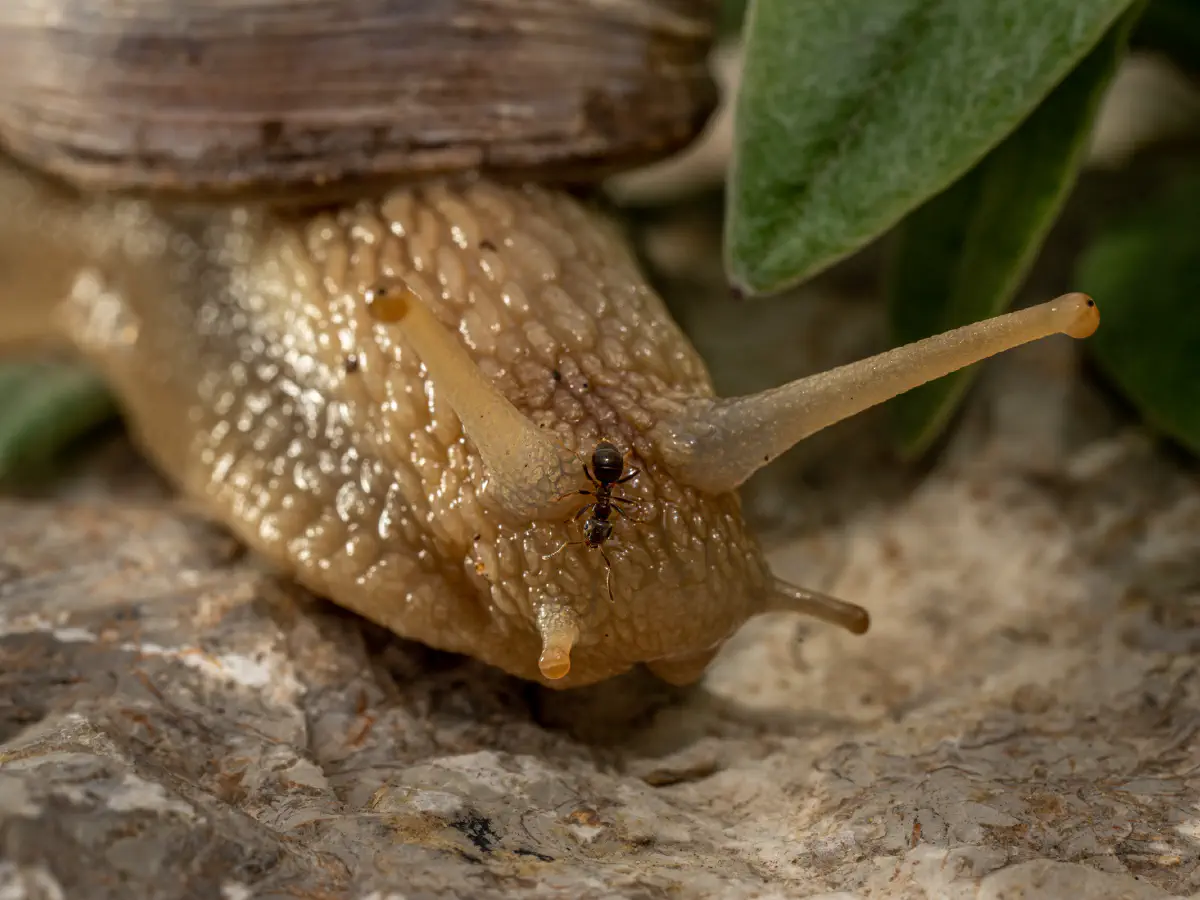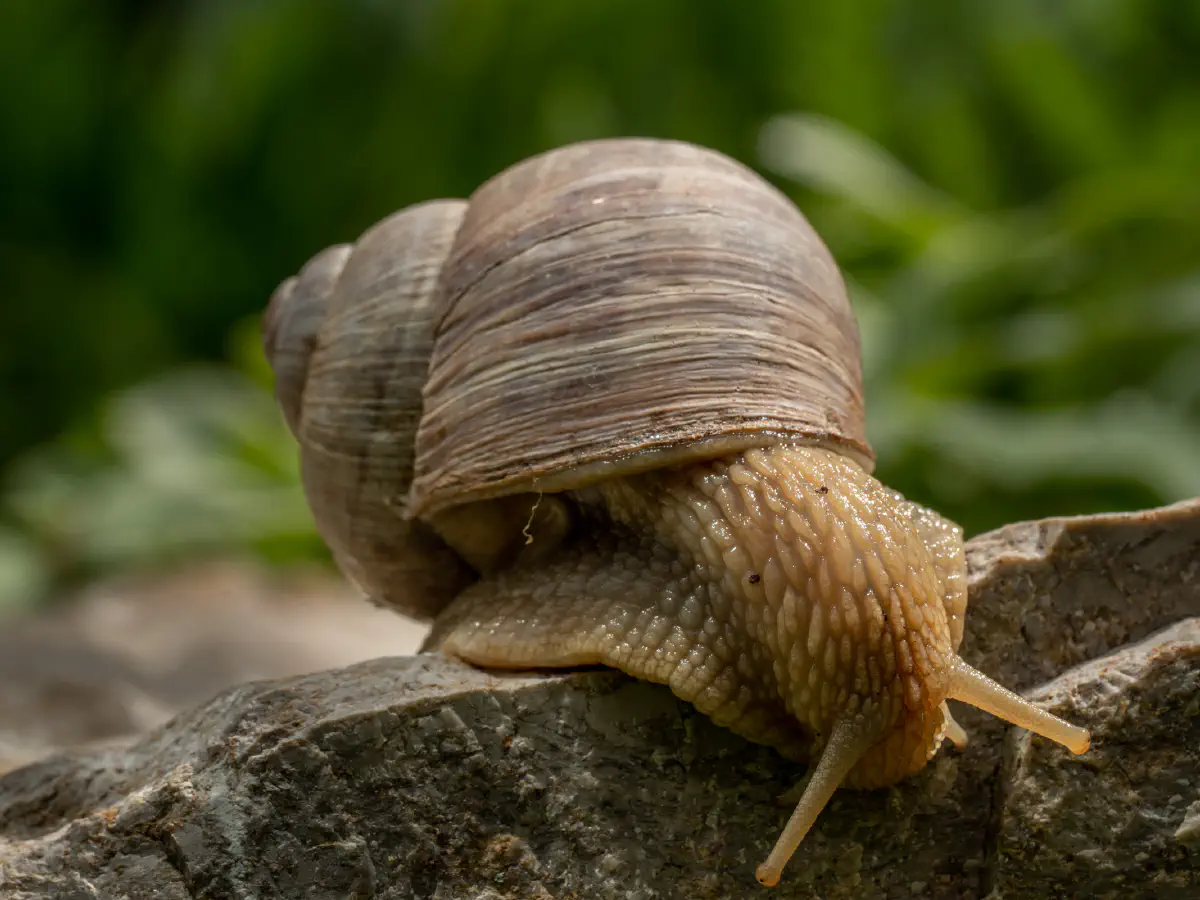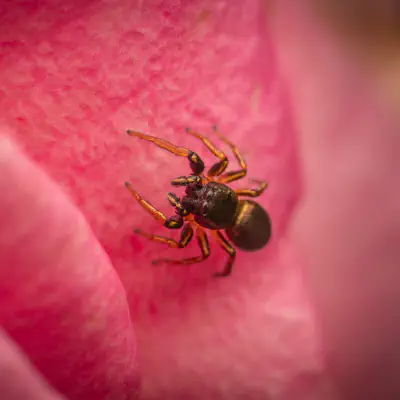The present distribution of Helix pomatia is considerably affected by the dispersion by human and synanthropic occurrences. The northern limits of their natural distribution run presumably through central Germany and southern Poland with the eastern range limits running through western-most Ukraine and Moldova/Romania to Bulgaria. In the south, the species reaches northern Bulgaria, central Serbia, Bosnia and Hezegovina and Croatia. It occurs in northern Italy southwards to the Po and the Ligurian Apennines. Westerly the
native range extends to eastern France. Currently, H. pomatia is distributed up to western Russia (broadly distributed in and around Moskva), to the south of Finland, Sweden and Norway, in Denmark and the Benelux. Scattered introduced populations occur westwards up to northern Spain. In Great Britain, it lives on chalk soils in the south and west of England. In the east, isolated populations live as far as south of Novosibirsk. Introduced populations also exist
in the eastern United States and Canada.



